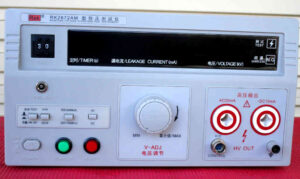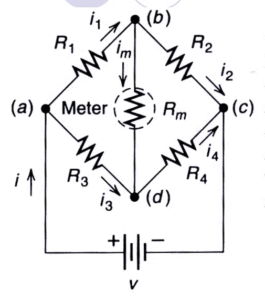Logging temperature meter (ltm) is a ESP8266 based temperature measurement and logging device.
The project is based on port of an existing ESP8266 Arduino project, and consideration was given to migration to the ESP32 hardware platform, but there are large differences to the WiFi related libraries… so for now, ESP8266 looks ok. There remain development options for multi channel logging if needed.
Design criteria
The design criteria are:
- small, portable, battery powered;
- direct reading temperature scale;
- flexibility for a range of sensors;
- local display including bar graph, time, and temperature;
- log measurements to a serial port of some kind;
- offer remote access for recent measurement log.
Algorithms
The initial algorithm implemented is for a negative temperature coefficient (NTC) thermistor using the single ADC port on the ESP8266. The code uses the Steinhart-Hart model to solve for temperature.
Above is a plot of the Steinhart-Hart model (red) and the so-called B equation (green) for the NTC used in my car. They are quite similar in this case, but the Steinhart-Hart model is more accurate. Continue reading Logging temperature meter (ltm) v1 – a preview






